A Utopia is an idealised world - a perfect community or society. Eden, Heaven, Nirvana, Shangri-La etc.
However, one persons idea of Heaven could be another persons Hell.
The triptych above is by Hieronymus Bosch and depicts both ideas of Utopias and Dystopias.
'The Garden of Eden (left panel)
The Garden of Earthly Delights (center panel)
Hell (right panel)
Above are a close up sections from each panel. The work is immense with lots of small scenes coming together to create a whole. When you see the complete triptych it has a unity and a rhythmic quality. However, the work can be viewed in detail with many smaller scenes depicting mini dramas. Bosch used many signs and symbols that are lost on us now. For example, to us, an owl is a sign of wisdom. This image is full of owls but in Bosch's time the owl was a creature of the night - and night equaled Death.
To our eyes Bosch seems modern and he was admired by the surrealist. In the detail from Hell we see a half man half tree creature that looks like and image by Salvador Dali. To the figures left is a strange object made by combining a pair of ears and a knife. We could see Bosch as being a subversive Surrealist artist but we would be in danger of seeing him through our modern eyes.
A scene from 'The Book of the Dead'
Many cultures and religions believe in an afterlife. This is a scene from an Egyptian Book of the Dead, a collection of spells designed to guide the deceased through the dangers of the underworld and ensure everlasting life. Egyptians lived 35 years on average. Their obsession with the afterlife was a response to that reality. And in their desire to perpetuate existence, they demonstrated their passion for the world. They loved life and wanted it to go on forever.
a scene from 'Orpee' by Jean Cocteau
The idea of traveling from one world to another is found in religions, myths and literature. In 'Orphee' (1950) Jean Cocteau's retells the Greek myth 'Orpheus and Eurydic' -
Orpheus was a beautiful musician who loved a nymph called Eurydice. They married and were very happy. Eurydice spent hours wandering and playing in the fields and woodlands. One day she trod on a deadly snake and died. She went to the underworld.
Orpheus was so unhappy, he would not eat or drink and his friends thought that he must die. He took his lyre and went to visit Hades the god of the underworld, to plead for her life. He played his lyre and charmed Charon the ferry man into crossing the river Styx.
Orpheus played his lyre to charm Hades, and eventually Hades relented and told him that Eurydice could follow him out of Hades, but only if he did not look back and see her. Orpheus made his way carefully and slowly back to Charon, but then with only a tiny way to go he looked back. As he did so Eurydice faded, she was pulled back into Hades...gone forever. A very unhappy Orpheus journeyed back over the river to come out of Hades. He had lost his true love forever.
In Cocteau's version Orpheus is a poet who has to travel to the underworld. Cocteau uses the visual device of a mirror as a gateway to the underworld. Throughout the film there are visual reference to mirrors and reflections.
Rodin 'Orpheus and Eurydice', probably modeled before 1887, executed 1893
Still's from Jean Cocteau’s 'Orphee'
In this famous scene, Ophee (Jean Marais) enters a new world by penetrating the surface of a mirror. By editing several scenes together (see Photomontage) Cocteau creates the illusion that Orphee passes through the mirror. At the key moment the camera cuts to the actors hands going into a vat of mercury - as if the mirror has turned to liquid.
'Alice Through the Looking Glass' by Kenneth Rougeau
This seemingly old image is actually modern. Rougeau has created a Droste effect - a particular type of repetitive image. It depicts 'Alice' from Lewis Carol's 'Through the Looking-Glass, and What Alice Found There' (1971). Alice goes through the mirror into a fantasy world populated by peculiar anthropomorphic creatures.
Scene from 'Alice in Wonderland' 1903
Jan Svankmajer 'Alice' 1988
This is the follow up to Carol's 'Alice's adventures in Wonderland' (1865) - which was one of the most famous stories that involves a portal to another world. This initial work involved Alice following the white rabbit down a rabbit hole into Wonderland and has become part of popular culture from cinema (The Matrix) to music (Jefferson Airplane). Carol was also a photographer whose real name was Charles Dodgson.
The Yellow Brick Road from 'The Wizard of Oz' 1939 - Technicolour
NASA space colony project from the 1970's
Even if today isn't great there is always tomorrow. It is human nature to dream of a better future and artists have often explored this ideas in images and created Futuristic Utopia's. From Science Fiction to genuine NASA space colony plans different ages have imagined a future that shows that times hopes and beliefs.
Still from 'Avatar' 2009
Roger Dean 'Blue Desert'
Roger Dean is an artist, architect and designer (his “retrait pod” is featured in Clockwork Orange) whose work mostly deals with fantasy and sci-fi. Mostly known for the covers he made for progressive rock bands such as YES and ASIA always featuring fantastic landscapes and creatures and crazy type work, he also did most of the covers for the video game development house Psygnosis (responsible for Barbarian, Shadow of the Beast and many other classics) and of course their logo. These images now seem kitsch and are reminiscent of the work of Salvador Dali. A lot of modern photoshop art seems to a similar kitsch feel.
PAUL CITROEN, 1896-1983 Metropolis, 1922 Gelatin
PAUL CITROEN, 1896-1983 Metropolis, 1922 Gelatin
'Metropolis' fritz Lang 1927
'Blade Runner' Ridley Scott 1982
Ron Herron 'Walking City' 1964 (proposal in an Archigram pamphlet)
'The Plug In City' Peter Cook
ARCHIGRAM dominated the architectural avant garde in the 1960s and early 1970s with its playful, pop-inspired visions of a technocratic future after its formation in 1961 by a group of young London architects – Warren Chalk, Peter Cook, Dennis Crompton, David Greene, Ron Herron and Michael Webb.
“A new generation of architecture must arise with forms and spaces which seems to reject the precepts of ‘Modern’ yet in fact retains those precepts. We have chosen to by pass the decaying Bauhaus image which is an insult to functionalism. You can roll out steel – any length. You can blow up a balloon – any size. You can mould plastic – any shape. Blokes that built the Forth Bridge – they didn’t worry.”
In 1919 Vladimir Talin designed his tower. The tower was a Utopian project designed at the dawn of a new era in Russian history (see the section on Russia under Photomontage). It was intended to Stand 400m high (dwarfing the Eiffel Tower). It was never built and remained a dream.
Tatlin's Constructivist tower was to be built from industrial materials: iron, glass and steel. In materials, shape, and function, it was envisaged as a towering symbol of modernity. The tower's main form was a twin helix which spiraled up to 400 m in height, which visitors would be transported around with the aid of various mechanical devices. The main framework would contain four large suspended geometric structures. These structures would rotate at different rates of speed. At the base of the structure was a cube which was designed as a venue for lectures, conferences and legislative meetings, and this would complete a rotation in the span of one year. Above the cube would be a smaller pyramid housing executive activities and completing a rotation once a month. Further up would be a cylinder, which was to house an information centre, issuing news bulletins and manifestos via telegraph, radio and loudspeaker, and would complete a rotation once a day. At the top, there would be a hemisphere for radio equipment. There were also plans to install a gigantic open-air screen on the cylinder, and a further projector which would be able to cast messages across the clouds on any overcast day.
Tatlin's - Letatlin human-powered flying machine
Tatlin also designed a human powered flying machine called the Letatlin. Like his tower is was made out economic materials - it was designed for everybody. Letatlin - A play on the artist’s surname and the Russian verb “to fly” (letat’), the Letatlin was assembled during a period (1930-1932) when Tatlin’s Constructivist approach to art and architecture had fallen into disfavor with Communist Party officials. By the time that the full-scale model for the Letatlin was complete in 1932 the Stalinist assault on Soviet culture and the arts was beginning in earnest. That same year, Josef Stalin promulgated a decree “On the Reconstruction of Literary and Artistic Organizations” which banned all independent studios, workshops, and groups. In their place the Party established official artistic and creative “unions” — bureaucratic mechanisms that would enable the Party to control artistic content and production throughout the country. A ambitious naive Utopia turns - darkly - into a Dystopia.
'The Tower of Babel' 1563 Pieter The Elder Bruegel
Max Ernst 'The Eye of Silence'
Decalcomania
Max Ernst's 'The eye of Silence' used as a book cover
In this image Irving Penn has used a minimum depth of field to blur out the background. He has focused on the glass bottle and so it is in sharp focus. However, the background is blurred – we can see a woman about to smoke a cigarette but it is fuzzy and atmospheric. Penn has guided the viewer’s eyes towards the glass and the sharp focus of the glass is contrasted against the blurred figure in the background. The glass is working as a lens – just like the lens used to create the image.
Still from Alfred Hitchcock's - 'Champagne' 1928 - shot through the bottom of a wine glass.
This is a strange still from an early silent Alfred Hitchcock film. It is taken from his 1928 film 'Champagne' were he experimented with a camera lens placed inside a giant champagne glass. The glass fills with liquid and is tipped as if we, the viewer, are drinking from it and seeing through it. We can just make out a crowd and couple dancing.
Still from Hitchcock's 'The Ring' 1927 - a moving reflection in a stream
During the filming of Hitchcock's early silent film The Ring (1927) he experimented with trick photography. In the above still we see a reflection of a couple in a stream. When the water ripples the image itself ripples and the figure go in and out of abstraction.
Stills from Hitchcock's 'The Ring' 1927 - seen from the viewpoint of a drunk man
In these two scenes we see what a drunk sees and the world appears distorted. This could emulate the effect of drink but also be a metaphor for viewing the world through the bottom of a glass. Dancers distort until they are unrecognizable. Hitchcock uses blurring and mirrors to distort the image and create a sense of disorientation. The keys of a piano appear elongated as if seen through a fairground mirror. This visual experimentation is a key aspect of Hitchcock's Cinematic style.
Andre Kertesz - Paris, Door Distortion, July 29, 1984
Andre Kertesz ‘Distortion 144, Paris’ 1933
Andre Kertesz ‘Distortion 147, Paris' 1933
These strange distorted images are by André Kertesz. ‘Distortions’ (1933) is a series of photographs of women reflected in distorting carnival mirrors that transform them into dreamlike creatures.
Salvador Dali 'Soft Construction With Boiled Beans (Premonition of Civil War)',1936, oil on canvas.
The deformed melting figures of Dali's painting mirrors the distortions that appear in Kertesz's photographs. This painting is one of only a handful in which Dalí turned his attention to the tragedy that beset his homeland on July 17, 1936, when General Francisco Franco led a military coup d'état against the democratically elected Popular Front government. The artist's savage vision of his country as a decomposing figure tearing itself apart preceded the outbreak of the Spanish Civil War and thus prophetically foretold the atrocities committed during this bloody conflict. Other artists who have focused on the Spanish Civil War are Picasso (Guernica), Guillermo del Toro (Pan's Labyrinth) and, during the earlier civil war, Goya (Disasters of War). Dada Photomontage distorted the human form immediately after the first world war. As well as having surreal qualities these images, like the Dada Photomontages could be a reaction to the human horrors of the first world war and the rise of 1930's fascism.
Henry Moore. Working Model for Reclining Figure, 1957. Bronze.
Henry Moore emerged in the 1920s as a radical, experimental and avant-garde figure and was rapidly established as the leading British sculptor of his generation. His principal and enduring subject was the human body, through which he believed ‘one can express more completely one’s feelings about the world than in any other way’. Moore also reflected in his work his reaction to two world wars. The smooth quality of these images are similar to the effect of melting ice and how is distorts as it transforms back into liquid.
Claes Oldenburg 'Giant Soft Drum Set 1'
Graham Sutherland 'The city: a fallen lift shaft' 1941
This painting is by Moores contemporary Graham Sutherland. These bomb damaged buildings were in an area just north of St Paul's cathedral. Described by Sutherland as an eerie, foul-smelling, deserted wasteland, it was one which he explored with growing confidence during the Blitz, although occasionally buildings would spontaneously collapse around him. Amid this barren scene, Sutherland has animated the twisted structure, creating a presence that both threatens new life and yet also implies its possibility.
Pablo Picasso - 'Guernica' 1937
Pacasso was not a political artist. 'Guernica' is Pablo Picasso response to the bombing of Guernica, Basque Country, by German and Italian warplanes at the behest of the Spanish Nationalist forces, on 26 April 1937, during the Spanish Civil War. Picasso's style changed throughout his career but certain stylised cubist element can be seen in this epic painting. Picasso's Bull motif appears along with distorted images of screaming faces and limbs. The monochrome image is broken up by abstract flat planes and figurative elements. A sole light hangs in the centre like an all seeing eye - viewing the atrocities humans are capable of.
'What do you think an artist is? An imbecile who has only eyes if he is a painter, or ears if he is a musician, or a lyre in every chamber of his heart if he is a poet, or even, if he is a boxer, just his muscles? Far, far from it: at the same time, he is also a political being, constantly aware of the heartbreaking, passionate, or delightful things that happen in the world, shaping himself completely in their image. How could it be possible to feel no interest in other people, and with a cool indifference to detach yourself from the very life which they bring to you so abundantly? No, painting is not done to decorate apartments. It is an instrument of war'
Pablo Picasso
Still from 'Pan's Labyrinth' Guillermo Del Toro's 2006
'Pan's Labyrinth' is a fanciful and chilling story set against the backdrop of a fascist regime in 1944 rural Spain. It is a bold juxtaposition of real and unreal worlds - mixing visually inventive fantasy with the menace of Franco-ite Spain. The film centers on Ofelia, a lonely and dreamy child living with her mother and adoptive father; a military officer tasked with ridding the area of rebels. In her loneliness, Ofelia creates a world filled with fantastical creatures and secret destinies. With post-war repression at its height, Ofelia must come to terms with her world through a fable of her own creation.”. Del Toro's has cited Goya as an influence on the visual elements of his films.
'Contrary to the General Interest' (The Disasters of War) Goya
Goya - plates from 'The Disasters of War' 1810-1820
Francisco Goya:Saturn Devouring His Children (c.1819-21)
Saturn Devouring His Son is the name given to a painting by Spanish artist Francisco Goya. It depicts the Greek myth of the Titan Cronus (in the title Romanised to Saturn), who, fearing that his children would overthrow him, ate each one upon their birth. It is one of the series of Black Paintings that Goya painted directly onto the walls of his house sometime between 1819 and 1823.
The work was transferred to canvas after Goya's death and now resides in the Museo del Prado in Madrid. The grainy warm colours are similar to the tones in 'Pan's Labyrinth'. In the film Del Toro jumps between warm orangy hues and cool blue monochromes. Goya also created 'The Disasters of War' 1810-1820 showing what people are capable of in times of war.
The top image is by Goya and created almost 200 years ago. The bottom image was allegedly taken at Abu Ghraib in 2003 by soldiers. The image is now know as "The Man behind the Hood" - It could be from Goya's series. These images are now part of our modern consciousness and raise ethical questions.
Goya - plates from 'The Disasters of War' 1810-1820
The Disasters of War are some of the most graphic images to come out of the brutal guerrilla war in the Peninsular War . Be warned, however, they may disturb some people as they contain disturbing scenes of horror, brutality, torture and the savagery of war.



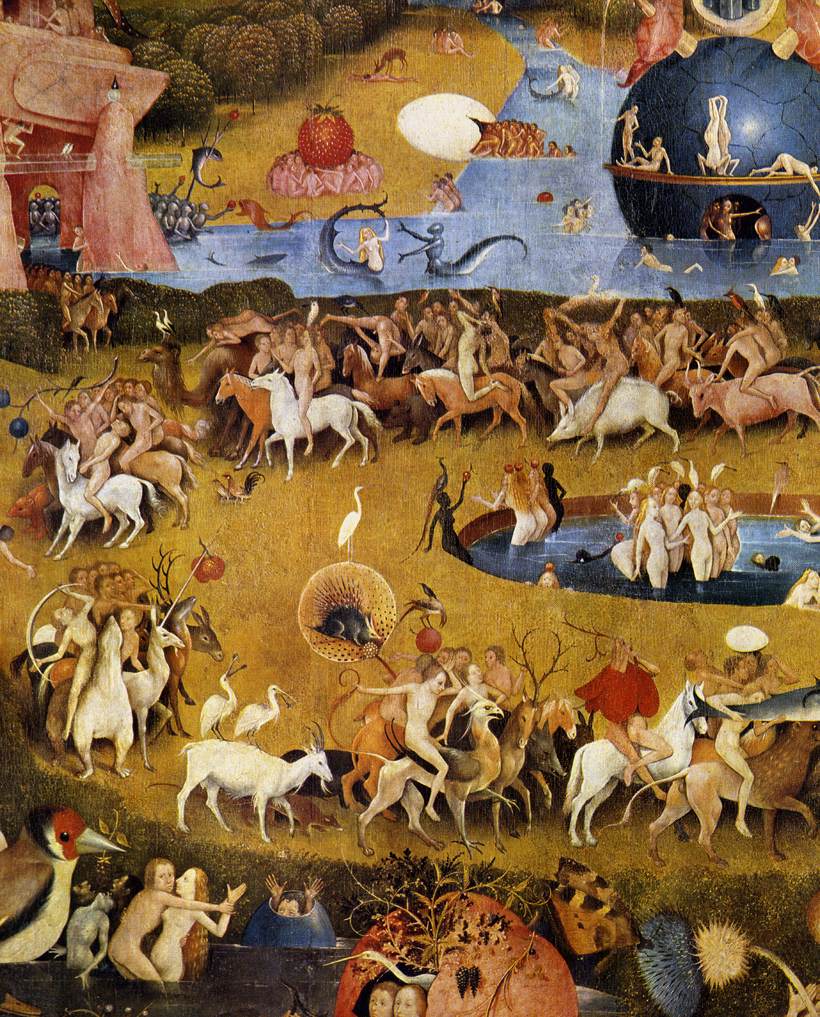








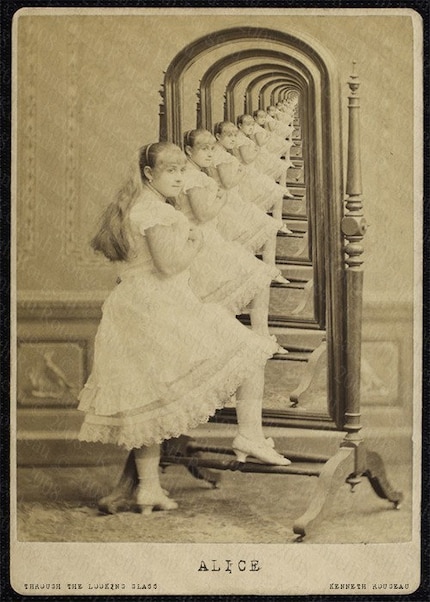









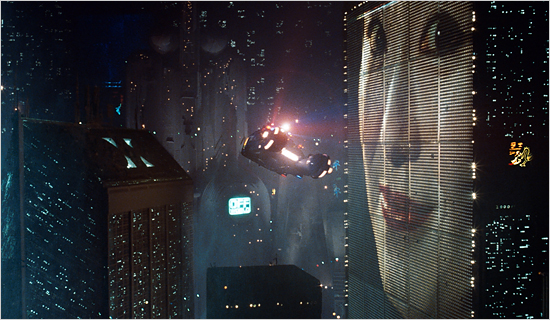




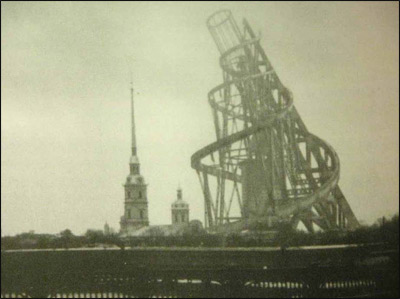




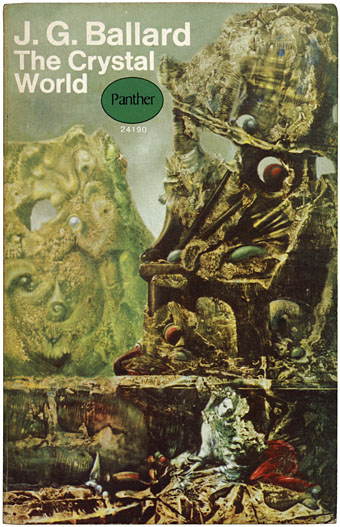





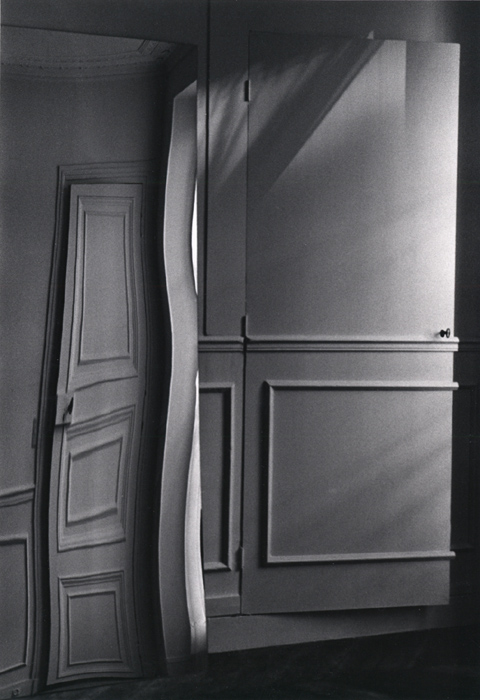



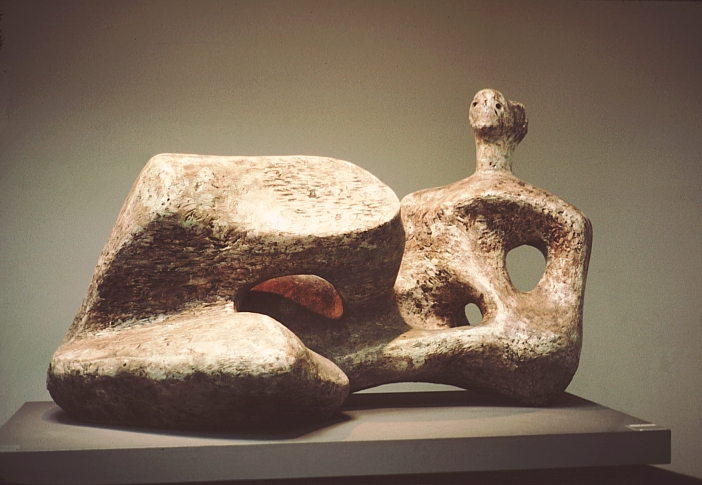
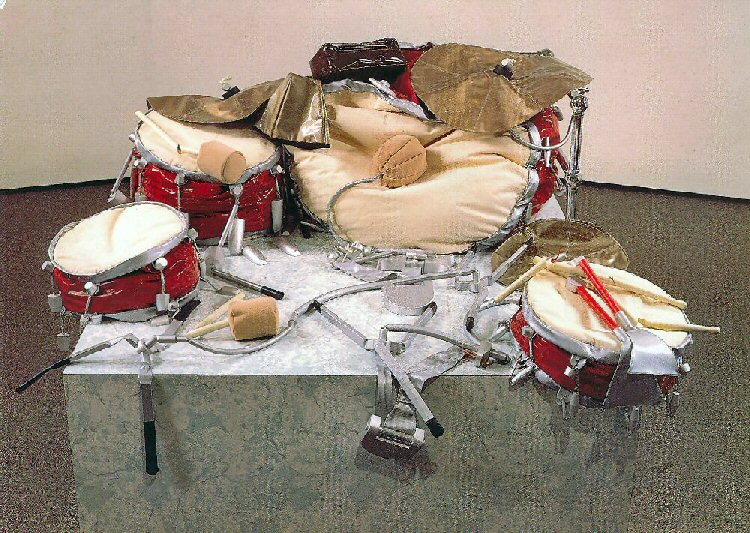



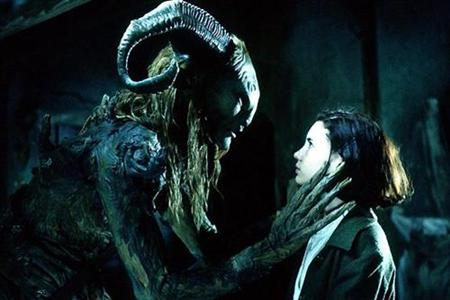

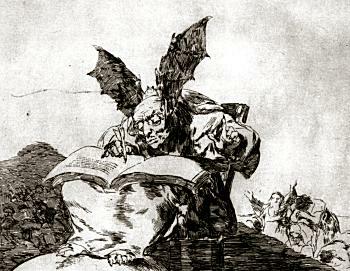
_-_Sleep_of_Reason.jpg)



